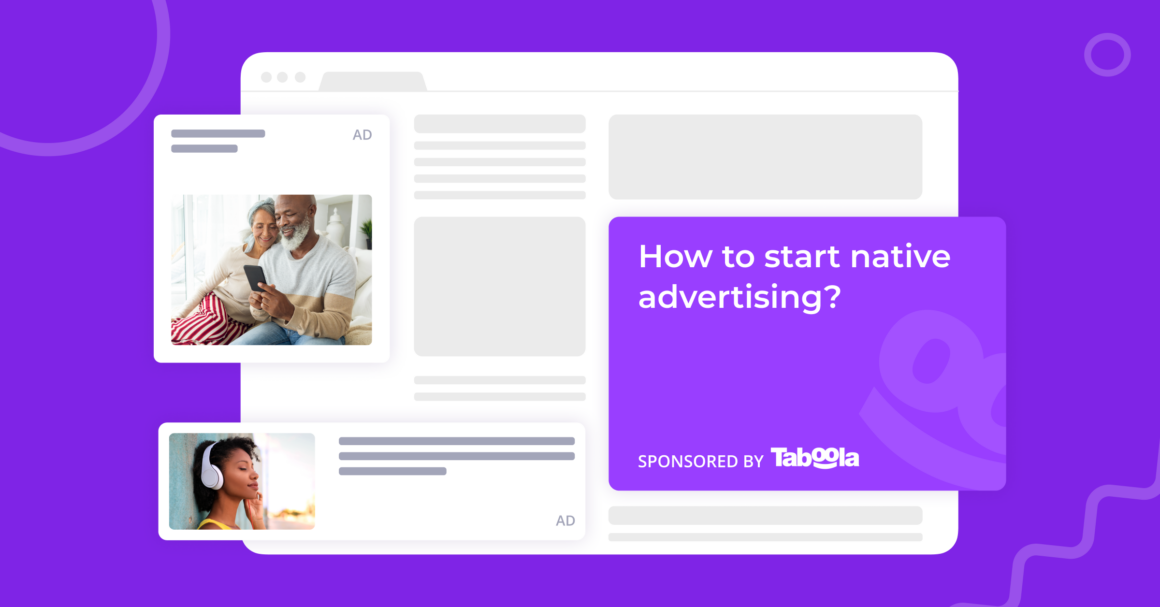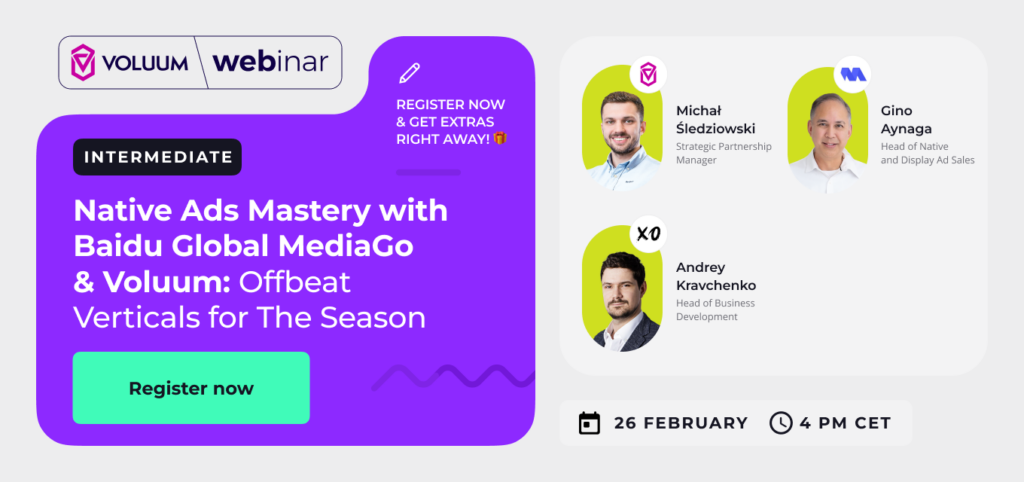Native advertising has become a popular format for marketers who want to deliver more seamless, less intrusive ad experiences in order to meet their conversion and CPA goals, as consumers become more resistant to traditional forms of advertising.
Companies of all sizes, from Fortune 500 brands to emerging Direct-to-Consumer startups are allocating bigger budgets towards non-disruptive ad formats. In this article, we will explore the ins and outs of native ads and offer guidance on how to start a successful native advertising campaign.
What is Native Advertising?
Native advertising is a form of advertising that blends seamlessly into the surrounding content. The idea is to create ads that are cohesive with the page content, assimilated into the design, and consistent with the platform behavior so that the viewer feels the ads belong there. Promoted search results, sponsored social media posts, and recommended content below publisher articles are popular examples of native ads. Effective native ads provide the same kind of value to users as the organic search results and user-generated social media posts.
Which Ads are Native and What Do They Look Like?
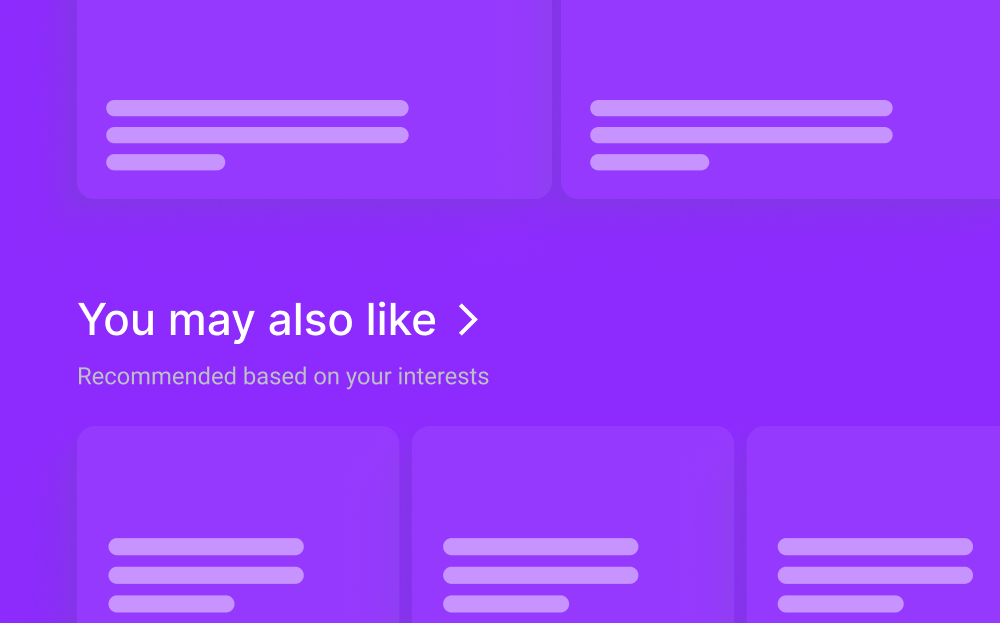
Native advertising is most likely to look just like all other articles and pieces of content around it. Native ads on social media, for example, blend right into the social feed. They may just be differentiated with a “Sponsored” or “Promoted” disclaimer. Meanwhile native ads on the open web will take the form of sponsored content recommendations on publisher pages.
Why Do Native Ads Work?
While traditional banner ads only disrupt the user experience, native ads fit into that experience. By native advertising on the open web, brands benefit from the “news trust halo” — that is, the trust they earn just from delivering ads alongside trusted publisher content.
Native Advertising Channels
Native advertising runs across three channels:
- Search – Search engines like Google and Yahoo pioneered an entirely new form of “native” with their sponsored search results.
- Social – Social networks like Facebook and Instagram popularized native in-feed and carousel ad formats.
- Open Web – Content recommendation platforms like Taboola power personalized content recommendations and in-feed native ads across popular publisher websites.
Who Benefits From Native Advertising?
The benefits of native advertising cover three groups:
- Advertisers – Advertisers use native ads to reach audiences at highly impactful moments when people are already consuming content and open to discovering something new. These campaigns can maximize ad spend and drive goals around high-level brand awareness as well as down-funnel leads and sales.
- Publishers – Publishers have embraced native ads as an indispensable tool in monetizing content across platforms and devices. Native ads grab people’s attention without sacrificing the overall UX, driving users to high-value pages such as video, sponsored content, microsites, and more.
- Users – Native ads avoid the disruptive pitfalls of pop-up or pre-roll ads in favor of a more respectful bargain with users, allowing people to discover and engage with branded content they may like on their own terms.
How to Choose the Right Native Advertising Platform
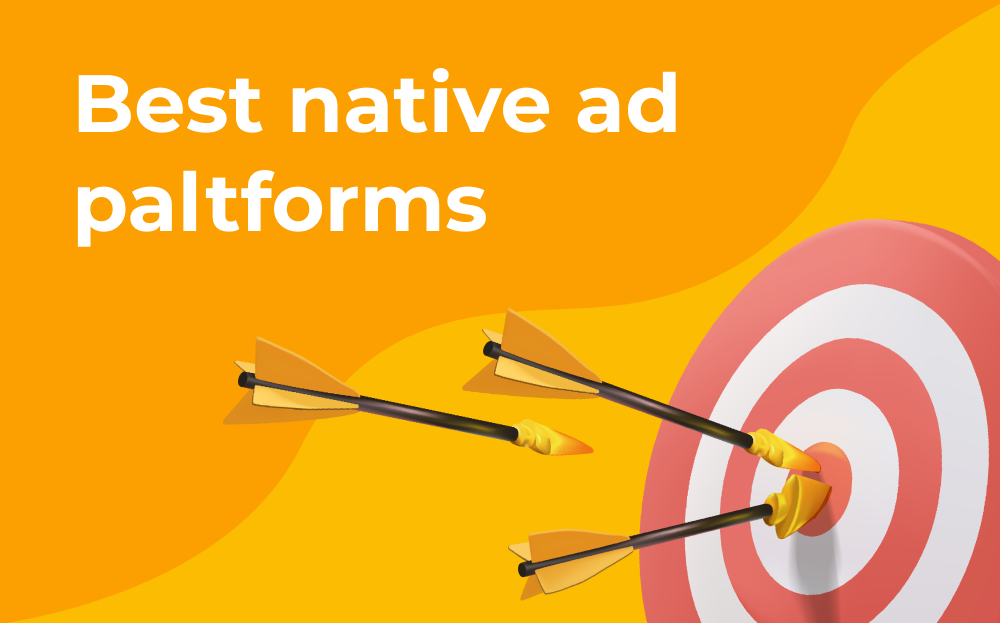
There are many steps to launching a successful native advertising strategy. You have to build your creative assets, set up your bids, target the right audience, find sites for distribution, and measure performance.
The good news is that advertisers can use a native ad platform to automate and optimize these processes, saving time and maximizing results.
There are several factors to consider when choosing the right platform:
- Cost – Can you hit your CPA goals on the platform?
- Scale – How many users does the platform reach in your target regions? Can you scale your campaigns while still hitting your conversion goals?
- Quality of network – Across what kinds of websites is the platform currently deployed? Can it deliver high-quality traffic?
- Tracking – Does the platform provide transparent access to key performance metrics? (e.g. CTR, CPA)
- Brand safety – Can the platform ensure your ads will be shared in suitable environments alongside brand-safe content?
- Service – How easy is it to work with this platform and manage campaigns? Does it provide hands-on account management services?
As the largest open web native advertising platform, Taboola provides advertisers with all of the above. Our network includes over 9,000 premium, vetted publishers, including USA Today, The Weather Channel, NBC, MSN, Business Insider, and Bloomberg. Publishers with over 500,000 monthly views can work with Taboola to deliver CPC native ads in the form of sponsored content and videos.
Taboola also offers a massive scale, reaching 500 million daily active users across the globe with 400 billion content recommendations each month. Advertisers can use contextual targeting tools, demographic breakdowns, and ready-made audience segments to reach their customers within this network. And they can rest assured that their ads are shared next to suitable content. That’s because Taboola is integrated with leading experts in brand safety, like DoubleVerify, Integral Ad Science, and IAB Tech Lab.
How to Start a Native Ad Campaign on Taboola
Starting a successful native ad campaign involves choosing your campaign goal, determining your target audience, selecting your distribution platforms, building customized creative assets, setting your budget, and measuring performance. Follow these steps to launch your native ad campaign with Taboola:
- Open your Taboola Ads dashboard and click +Create, then select Campaign.
- Add your campaign name and branding text in the appropriate fields.
- Choose your marketing objective, such as lead generation, website engagement, or online purchases.
- Schedule your campaign for your desired time frame.
- Select your location, platform, and device targeting preferences. For example, you might want to reach customers in certain cities on their mobile devices.
- Choose your brand safety settings and publisher block lists.
- Decide how you want to target your audiences, such as by context or demographic. You can also create lookalike audiences of your best customers and suppress existing customers.
- Set your bid and budget according to a CPC model. You can use SmartBid to automatically adjust your bids for certain goals, such as conversions and CPAs.
- Upload your creative assets, such as your thumbnail, headline, CTA, and landing page URL.
- Submit your campaign for review and approval.
- Run your campaign. Continue to measure results and test new strategies to help optimize performance.
Native Advertising Examples
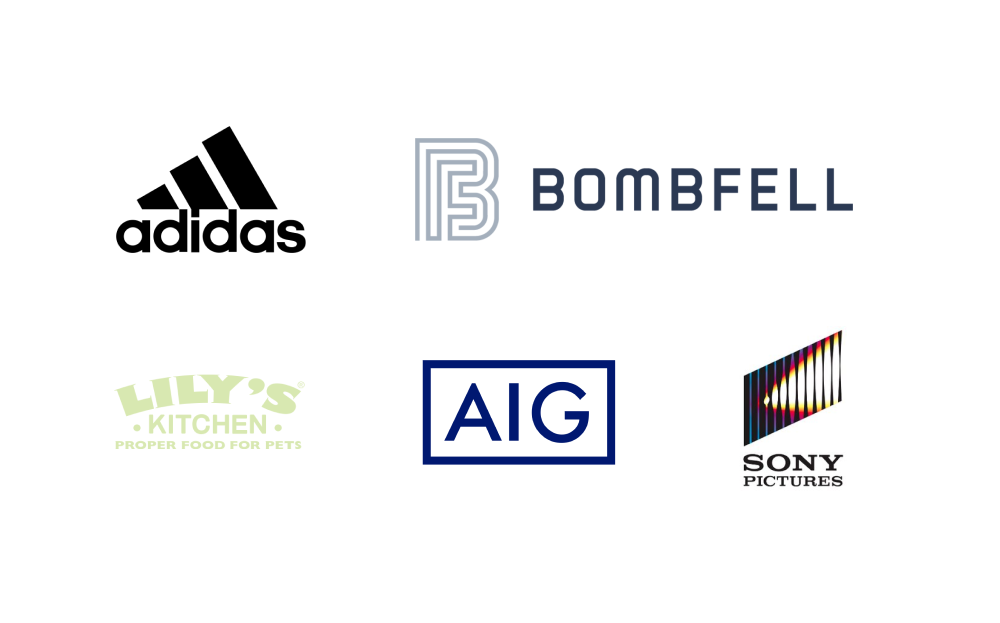
Before you dive into your first native ad campaign, it can help to gather inspiration from brands who’ve already had success with this format. Here, we’ll share three case studies from native advertisers who’ve used innovative strategies to increase awareness, generate clicks, and drive purchases across the open web.
Adidas generates clicks for new footwear
Leading sportswear brand Adidas used native advertising to promote their new BOOST technology products. They built and shared informative videos across premium publisher sites, introducing consumers to the new technology and inspiring them to learn more.
With this native advertising campaign, Adidas was able to increase CTR by 50%, spread awareness for their new product, and drive sales.
Bombfell increases mobile conversions
Bombfell, a personal styling service for men, wanted to scale their reach beyond just social and search channels. So they used owned content to create native ads and launch them across leading publisher sites.
By expanding to native advertising, Bombfell drove a 960% increase in mobile conversions and 48% increase in website traffic.
Sony Pictures Entertainment gets people to the movies
When Sony Pictures Entertainment (SPE) wanted to drive awareness and ticket sales for upcoming movies in Thailand, they turned to native advertising. Specifically, the studio promoted movie trailers for Goosebumps: Haunted Halloween, Spider-Man into the Spider-Verse, and Venom, reaching wide audiences on tablet and mobile devices.
As a result, SPE Thailand drove over 400,000 impressions and 194,000 completed video views.
Lily’s Kitchen generates millions of video views
Lily’s Kitchen, a natural pet food company, needed to find new ways to reach pet lovers in the UK. So they launched a pet-centric video campaign across the open web, distributing ads in high-impact placements on publisher sites.
For Lily’s Kitchen, the native campaign achieved over 1,168,000 video views and a 14% increase in completion rate.
AIG Israel drives awareness and purchases
AIG, a leading global insurance organization, wanted to increase demand for its mortgage insurance in Israel. So they targeted and retargeted relevant audiences with educational videos.
In just 30 days, the campaign reached 400,000 people and uplifted purchase intent by 30%. On top of that, AIG Israel found that, across five marketing channels, 50% of people who made a purchase started their journey with these native ads.
Ready to unlock the power of native ads for your business? Start your native advertising campaign with Taboola.

